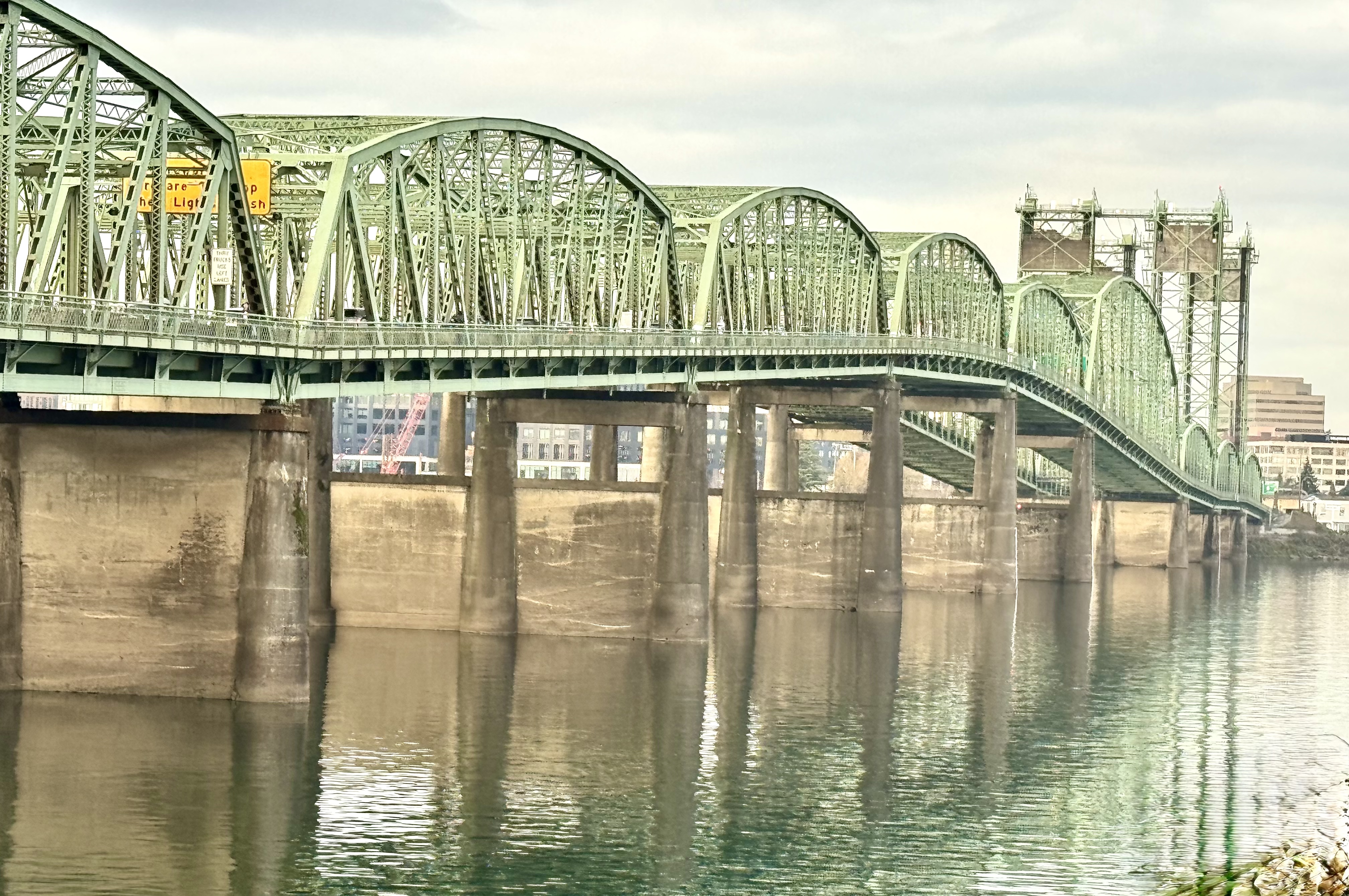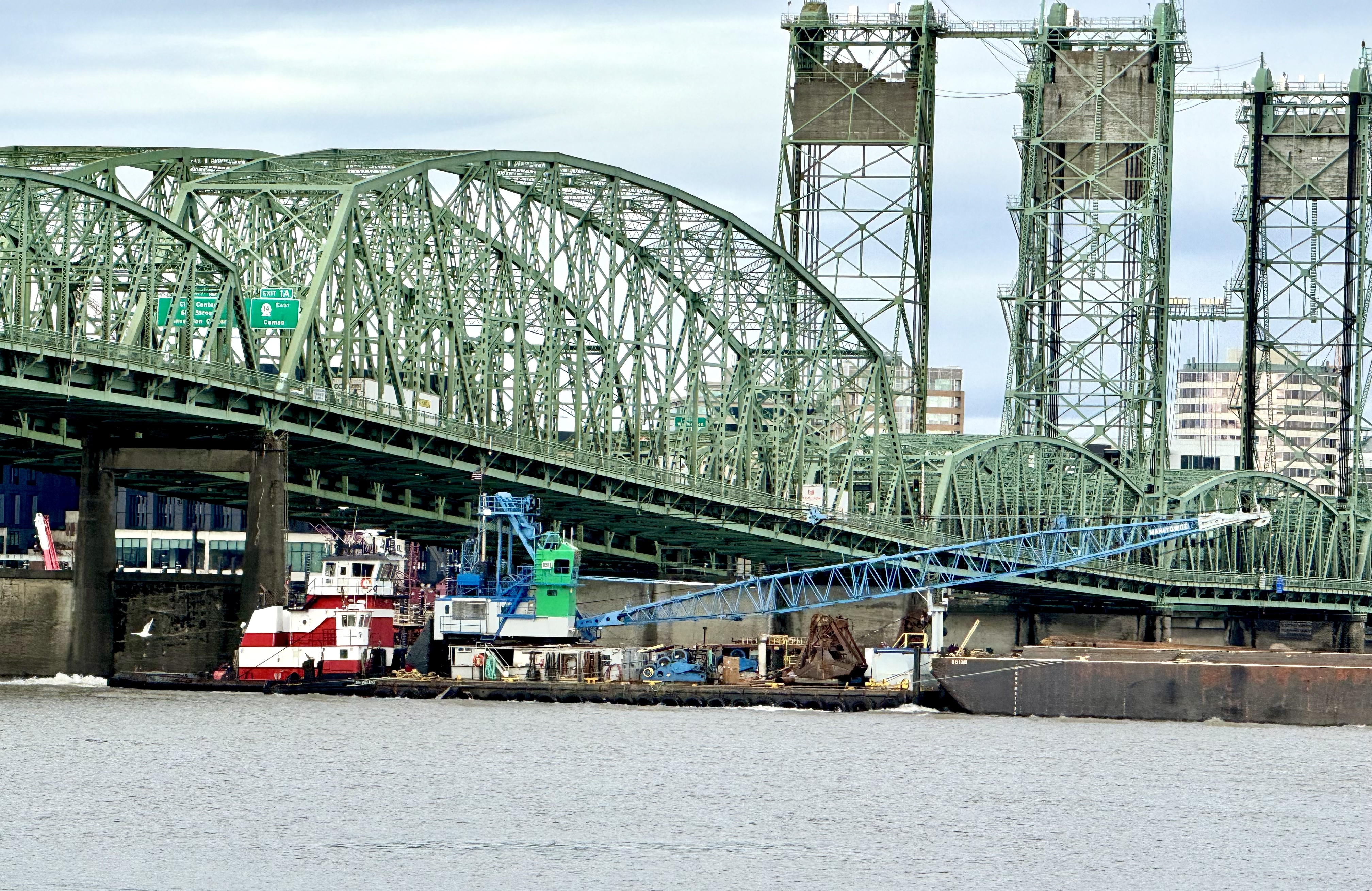Hidden Costs, Withheld Documents, And A $17 Billion Question: Why The Interstate Bridge Replacement Demands Immediate Oversight (Photo) - 01/10/26
Hidden Costs, Withheld Documents, and a $17 Billion Question: Why the Interstate Bridge Replacement Demands Immediate Oversight
Recent reporting by Willamette Week and the Oregon Journalism Project has revealed that the Interstate Bridge Replacement (IBR) Program possessed a significantly higher internal cost estimate for the I-5 bridge replacement project—potentially approaching $17 billion—after recently informing Oregon and Washington lawmakers that updated cost information was not yet available. The existence of these concealed cost estimates raises serious concerns about transparency, governance, and the stewardship of public funds. Economist Joe Cortright obtained the internal cost estimate through a public records request, confirming that the documents were produced as part of the publicly funded Interstate Bridge Replacement program and had not been disclosed to legislators or the public.
This disclosure is not an isolated incident. Independent engineers, advocates, and community organizations—including Neighbors for a Better Crossing—have repeatedly been forced to file public records requests to obtain basic project information, including dimensional data, cost assumptions, and technical studies. Retired civil engineer Bob Ortblad has documented multiple instances in which IBR provided incomplete, misleading, or selectively presented information to advance a predetermined outcome. Such practices have significantly eroded public trust, and IBR’s credibility, caling into question whether decision-makers are receiving accurate and complete information.
Equally troubling is IBR’s continued dismissal of the immersed tube tunnel (ITT) alternative. Independent engineers have demonstrated that an ITT could be constructed at a lower cost, in significantly less time, and with fewer environmental and community impacts than the proposed bridge—while also being expandable to accommodate future traffic demand. By contrast, the current bridge proposal provides the same number of general-purpose vehicle lanes as the existing bridge, offers no expandability for future traffic needs, and locks the region into a fixed, high-cost configuration for generations. The ITT concept has been acknowledged by the U.S. Coast Guard as a viable bridge replacement alternative from a navigation standpoint, yet IBR planners dismissed it using flawed data inputs rather than a rigorous, independent evaluation. This is not the first time IBR’s credibility has been challenged; as Bob Ortblad has publicly stated, repeated misrepresentations have raised serious questions about whether the program’s actions reflect incompetence, institutional bias, or deliberate deception.
Given that the IBR project relies on public taxpayer funds, federal grants, and future toll revenues, there is no legitimate justification for withholding cost estimates, technical analyses, or alternatives evaluations from lawmakers or the public. A project of this magnitude and consequence demands the highest standards of transparency and accountability.
That expectation was clearly articulated during the December 15 bi-state legislative meeting with IBR, when Oregon Rep. Thuy Tran pressed project leaders for concrete cost information, stating: “I’m hoping you can get us a budget estimate in January, so we have something to go by. I’m not expecting you to have a finite budget plan, but you can’t punt this down the road. … I want a date, and I want a report. Otherwise, I would say your team is not doing its work.”
Despite an explicit legislative request, critical cost information is still being withheld. This is not a scheduling issue—it is a breakdown in transparency and oversight. Requests have failed. Lawmakers must act decisively and immediately suspend further advancement of the project until all transparency failures are fully addressed and withheld information is disclosed.
Neighbors for a Better Crossing therefore calls on Oregon and Washington legislators to immediately require:
- A full independent forensic audit of IBR finances, cost estimates, and consultant expenditures
- A third-party, independent evaluation of the immersed tube tunnel alternative conducted by experts with no financial or institutional ties to IBR
- Immediate disclosure of all internal reports, cost estimates, and technical analyses related to project scope, costs, and alternatives
- A pause on further advancement of the project until these reviews are completed and publicly vetted
The public, affected communities, and elected officials deserve honest information before committing to a project that could burden the region for the next century. Transparency is not optional when billions in public dollars—and the future of regional mobility—are at stake.


